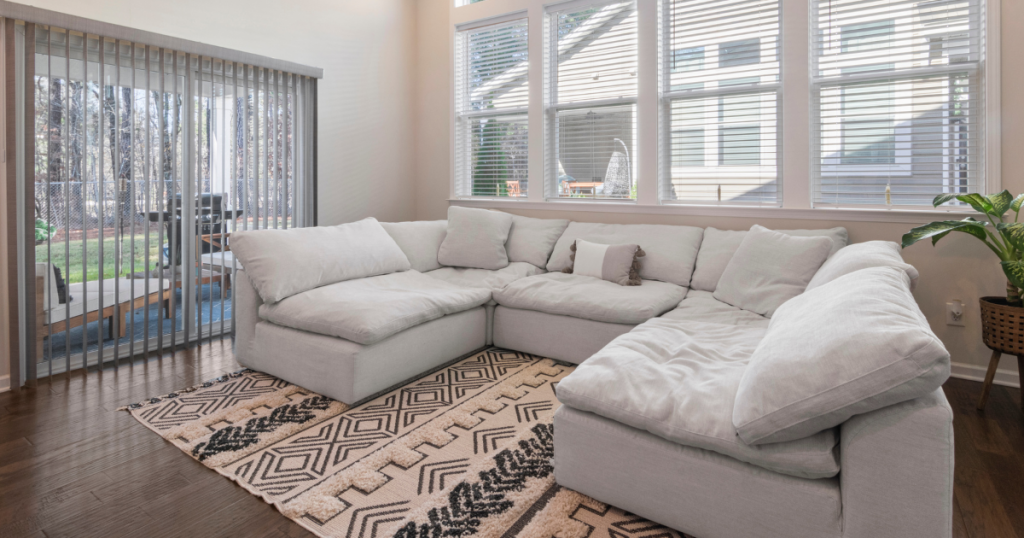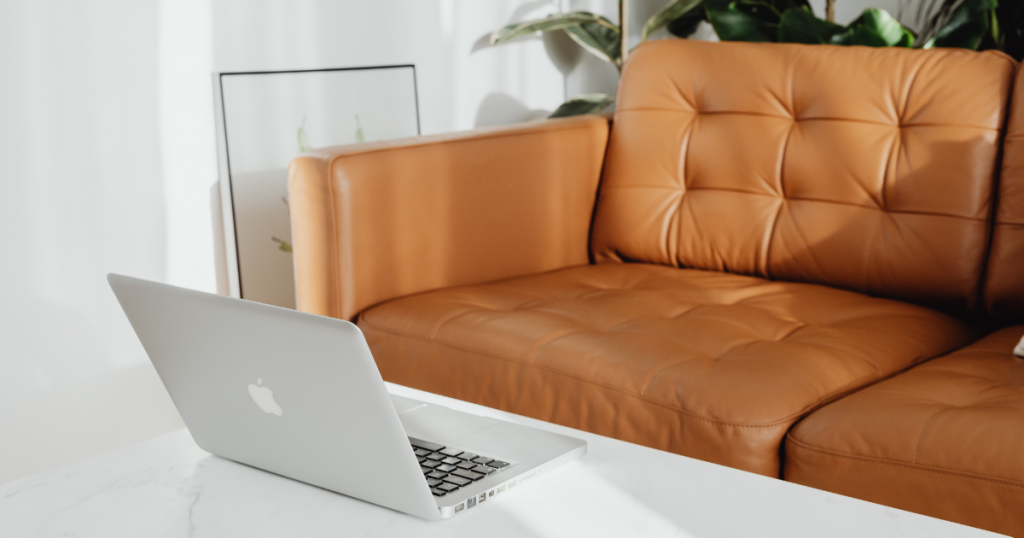

Your living room is the center of your home, and it is essential to create a comfortable and functional space that reflects your style and meets your needs. However, with a growing family, changing needs, or simply a desire for a new look, you may find that your current furniture arrangement is no longer working for you. If you have a sectional sofa, you may be wondering how to separate it to maximize your living room space and achieve the look you want.
Separating your sectional sofa can be a great way to create a more open and airy feel in your living room, as well as provide additional seating options and a flexible layout. Whether you are looking to create a more intimate conversation area, a separate reading nook, or simply need to accommodate more people, separating your sectional sofa can be a great solution.
In this article, we will explore the benefits of separating your sectional sofa, and provide step-by-step instructions on how to do so successfully. We will also share some tips and tricks to help you get the most out of your living room space, and answer some common questions about separating sectional sofas. Whether you are a seasoned DIY-er or just starting, this guide will help you create the living room of your dreams. So let’s get started!
What is a Sectional Sofa?
A sectional sofa is a type of couch that consists of multiple pieces that can be arranged in various configurations to create a customized seating arrangement. This makes sectional sofas a versatile and practical option for many homes. Sectional sofas come in a wide range of sizes, styles, and materials, allowing you to choose the perfect one to fit your decor and meet your needs.
One of the main benefits of sectional sofas is that they allow you to make the most of your living room space. You can arrange the sections to create a traditional L-shaped couch, a U-shaped seating area, or even a separate lounge area. This flexibility makes sectional sofas ideal for large families, homes with open floor plans, or anyone who wants to maximize their living room space.
Sectional sofas also tend to be more comfortable than traditional sofas. With multiple sections, you can choose the perfect position for lounging, reading, or watching TV. Some sectionals even come with built-in recliners, chaise lounges, and other features that make them the ultimate in comfort.
In terms of materials, sectional sofas are available in a wide range of options, including leather, microfiber, and fabric. This variety allows you to choose the perfect material to fit your decor and lifestyle. Whether you prefer the luxury of leather or the cozy comfort of soft fabric, there is a sectional sofa that is right for you.
Why Separate Your Sectional Sofa?
There are several reasons why separating your sectional sofa can be a great option for your living room. Some of the most common benefits include:
- More Flexible Seating Arrangements: By separating your sectional sofa, you can create a variety of seating arrangements that better meet your needs. Whether you want to create a separate conversation area, a cozy reading nook, or simply need additional seating, separating your sectional sofa can help.
- Increased Living Room Space: Separating your sectional sofa can also help you maximize your living room space. With a flexible layout, you can rearrange your furniture to create a more open and airy feel, or to accommodate more people.
- Better Decorating Options: Separating your sectional sofa can also provide more decorating options. With the ability to arrange the sections in different ways, you can create a unique and personalized look for your living room that reflects your style and personality.
- Improved Comfort: Separating your sectional sofa can also improve comfort. By rearranging the sections, you can create a more comfortable and ergonomic seating arrangement that is tailored to your needs.
- Increased Functionality: Lastly, separating your sectional sofa can also increase the functionality of your living room. With multiple seating options, you can create a space that is perfect for lounging, entertaining, and more.
So, whether you are looking to create a more open and airy feel in your living room, need additional seating, or simply want to try a new decorating style, separating your sectional sofa can be a great option.
How to Separate Your Sectional Sofa
Separating your sectional sofa is a straightforward process, but it’s important to follow a few key steps to ensure that it’s done correctly.
Measure Your Space
Before you start separating your sectional sofa, you need to measure your living room to determine the maximum size of each section. This will help you to determine the best way to separate the sofa so that it fits comfortably in your room.
Determine the Number of Sections
Next, you need to determine the number of sections that you want to create. This will depend on the size of your living room and the specific needs of your space.
Disconnect the Sofa
Once you have determined the number of sections that you want, it’s time to disconnect the sofa. This can typically be done by removing screws or bolts that hold the sections together. It’s important to be careful when doing this so that you don’t damage the sofa.
Rearrange the Sections
Once the sofa has been disconnected, it’s time to rearrange the sections. This can be done by simply moving the sections to the desired location in your living room. It’s important to make sure that each section is positioned correctly and that it fits comfortably in the space.
Reassemble the Sofa
Once the sections have been rearranged, it’s time to reassemble the sofa. This can typically be done by replacing the screws or bolts that were removed in step 3. Make sure that the sofa is reassembled correctly and that it’s secure.
Conclusion
Separating your sectional sofa is a great way to maximize your living room space and make it more functional and comfortable. By following these simple steps, you can successfully separate your sofa and enjoy a more versatile living room.



